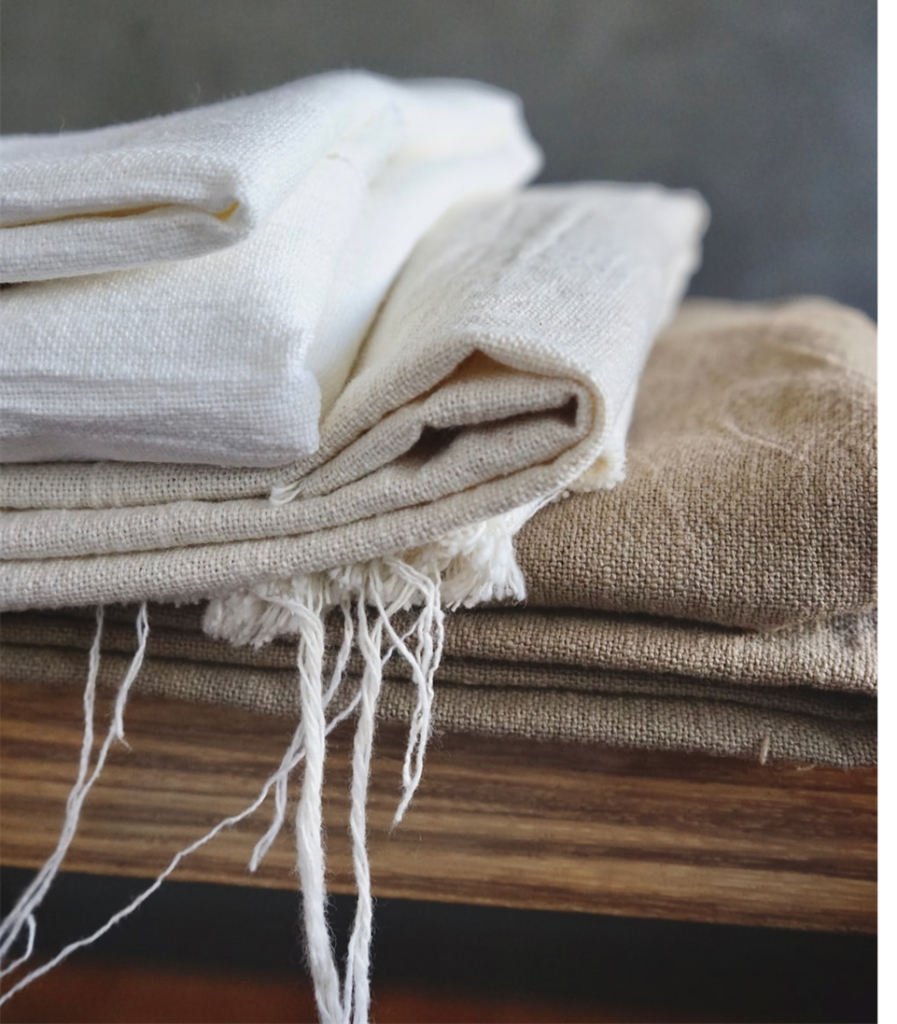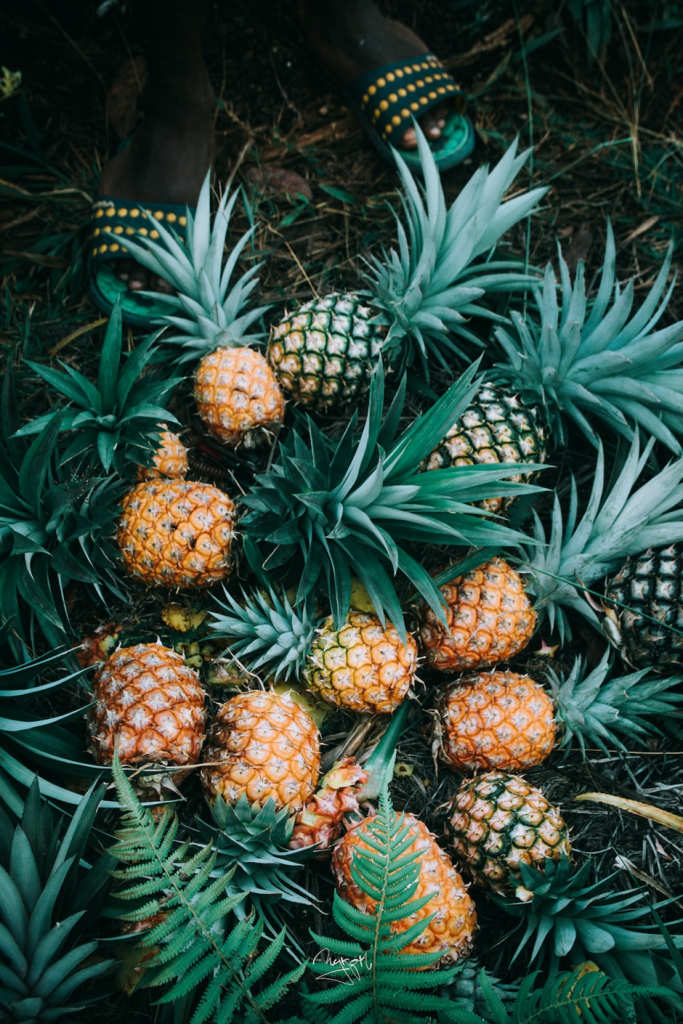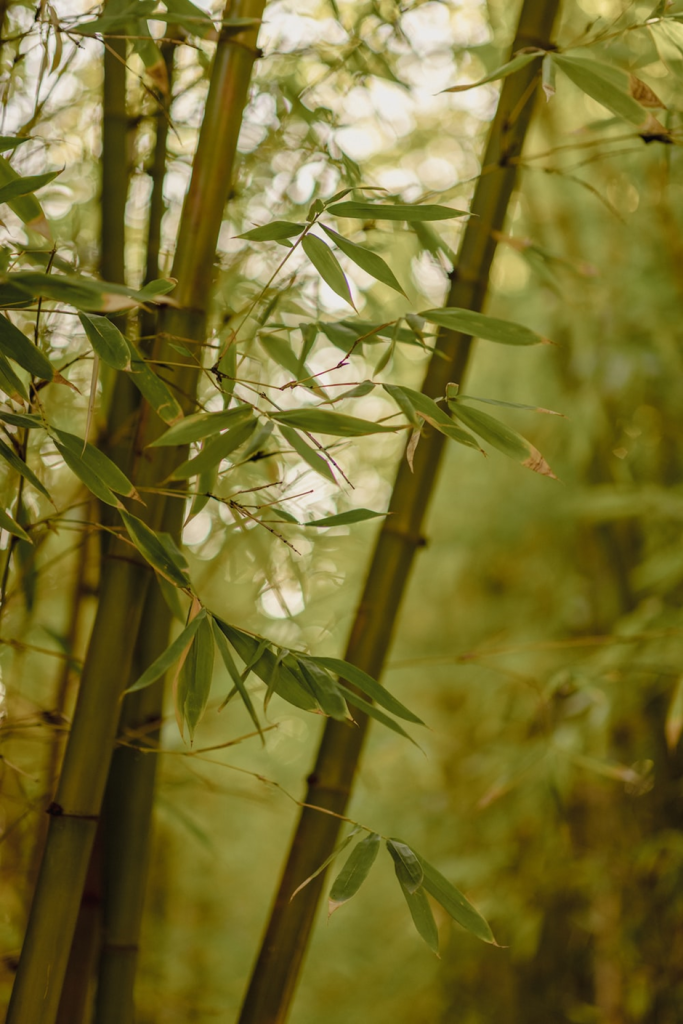Blog
WHAT ARE THE MOST SUSTAINABLE FABRICS, AND WHAT MAKES THEM
THE FUTURE OF FASHION?

By Lora O’Brien
It’s already known that the fashion industry is one of the largest polluters worldwide, and one of the offending factors is the production of textiles made for clothing. Some can be toxic textiles, which pollute our planet, and in addition, the demand for eco-friendly options has increased drastically over the last decade.
Eventually, when it comes to the future of fashion, designers have the power to be the driving force behind change. We’re voting for the type of world we want to live in, and it’s all dependent on the choices we make. Some choose to fund fast fashion and by doing so, create a demand for it to continue. Whereas other brands are choosing to be more sustainable. One way to ensure the demand for the latter continues is to purchase textiles that are good for the environment, which slowly but surely eliminates the need for toxic textiles.
When it comes to cheap textiles and sustainable options, there is one apparent difference: the price point. Sustainable options aren’t as cheap, but it’s worth it to ensure you’re on the right side of the future of fashion. Those wanting sustainable items are willing to pay the higher price, and catering to consumers wanting sustainable options, you will have a stream of clients who support your sustainability goals.
But what textiles are sustainable options? As we know, there are so many options today, it can be overwhelming knowing which ones to support, which ones are good for the environment, and which are not. As designers offering sustainable textile that eliminates plastic waste, we know how important it is that our customers understand sustainable fabrics. So, to highlight the best textiles available today for clothing and accessories I’ve compiled a short guide to the most sustainable fabrics below.
WHAT ARE THE MOST SUSTAINABLE FABRICS?
Recycled and organic cotton
Some people read cotton on the label and think it’s good, but when it comes to cotton, conventional cotton is one of the worst offenders in terms of sustainability. But cotton itself is breathable, soft, and durable, and you can purchase it without harming the environment by swapping it out for recycled and organic cotton instead. It’s a little pricier, but the price point is worth it as it’s grown from non-GMO seeds and without the use of toxic chemicals, pesticides, and synthetic fertilizers. It also uses 62% less energy and 91% less water than conventional cotton. Shocking, right?
Organic linen
Linen has been worn for hundreds of years and is very similar in texture to hemp. If you consider using linen to make clothing, you’ll likely be aware that it’s soft, lightweight, and durable, while also being cooling and comfortable for the person who wears it. Many love it due to how low maintenance it is. It’s also biodegradable when left untreated, which is great for the planet, too.
When it comes to manufacturing linen, every part of the plant can be used so there is little to zero waste. Though some argue the manufacturing process is mechanically intensive and some emissions will be released, no fabric is ever 100% sustainable. Therefore, linen will always remain one of the most sustainable options to make clothing.
Organic hemp
As mentioned above, hemp is another versatile plant, and one that can be used for food and building materials cosmetics, and even textiles. Much like linen, hemp is seeped in history and is one of the oldest fibers used in clothing, and it’s renowned as suitable all year round, and will only become more supple each time it’s washed.
Harvesting hemp is very low maintenance. It requires minimal water, no pesticides, and is naturally eco-friendly. In fact, hemp gives back by returning nutrients to the soil while it is growing. If buying hemp, make sure it’s organically grown as this will ensure it was grown without the aid of chemicals which many use to speed up the process to meet the demand for it.

Piñatex
There has been an increasing demand for cruelty-free, vegan fashion and accessories, and while there are many vegan ‘leather’ alternatives, not all are sustainable. PVC was the main alternative for some time, but it is both toxic and problematic for both our health and the planet.
Piñatex is a fabric made from pineapple leaf fibers and is actually a food by-product. Even though it’s organic and biodegradable, the pineapple leaves are discarded which is wasteful, so it has created a use for them and also supplies work for farmers in the Philippines who work to produce the material.
Some may argue that cultivating pineapples simply for the use of fashion isn’t ethical as it requires a fair bit of resources to do so, but I’d argue that so long as there’s a demand for the fruit, the leaves can be used for fashion, so it’s a win-win.

Bamboo
Many brands choose bamboo to promote their clothing as more sustainable. Bamboo fabric is soft, eco-friendly, and the perfect textile for sustainable clothing. Especially due to fact it self-regenerates from its own roots, so it doesn’t need to be replanted.
But a red flag for some is the fact that when it isn’t grown in the right way, it’s often manufactured in such a way that transforms it into being problematic for the planet.
The bamboo crop itself requires very little water and doesn’t need to be sprayed with pesticides or fertilisers to grow, yet when it comes to making the fabric, it goes through an intensive chemical process to create the fabric, so many put it into the same category as conventional cotton and polyester. But I think the pros far outweigh the cons.

Recycled fabrics
I touched upon recycled cotton above, and it’s hard to argue against recycled textiles of any variety is a step in the right direction in terms of sustainability. It’s the same as encouraging consumers to thrift and buy second-hand clothing over buying new garments. It doesn’t use any new materials or resources, and at the same time, you’re preventing fabric waste from accumulating in landfills.
This can even be said for recycled polyester since traditional polyester has often been labeled as a weaponized fabric and detrimental to the health and well-being of those wearing it. But polyester is often made from plastic bottles, therefore it naturally reduces the amount of plastic waste being sent to landfills, not forgetting that this process also skips the labor-intensive process that conventional polyester would go through each time it is made.
My take on recycled polyester is that it can still release microplastics when washed, so if I were to purchase it, I would make sure it was for something that needed little to zero washing, such as sneakers and handbags.

Qmonos
If you’re reading this thinking, huh? You’re not alone. Qmonos is pretty new to the market and isn’t highly available due to the fact it’s pricey to make. So, what is it? It’s synthetic spider silk that has been crafted using spider genes and microbes. It’s a synthetic textile, so no actual spiders are used in the process, so it’s considered vegan-friendly and cruelty-free.
The fiber has five times the strength of steel, can you believe it? Therefore, it’s highly durable, lightweight and flexible. It’s also fully biodegradable, but like I mentioned above, hard to find right now.
AN OVERLOOK AT SUSTAINABLE FABRICS
Hopefully, this article will be helpful when it comes to navigating the most sustainable fabrics for clothing that exist on the market, and you feel confident supporting the right eco-friendly brands.
In the end, the final choice will be dependent on the qualities of the fabric you’re needing, and what contribution you feel is most effective for the good of the environment.
If you want to learn more about Remeant’s sustainable textiles and see the diverse range of colours and textures available, click here. Alternatively, if you’d like to consult with us further, contact us here or send us an email to – info.remeant@gmail.com.
